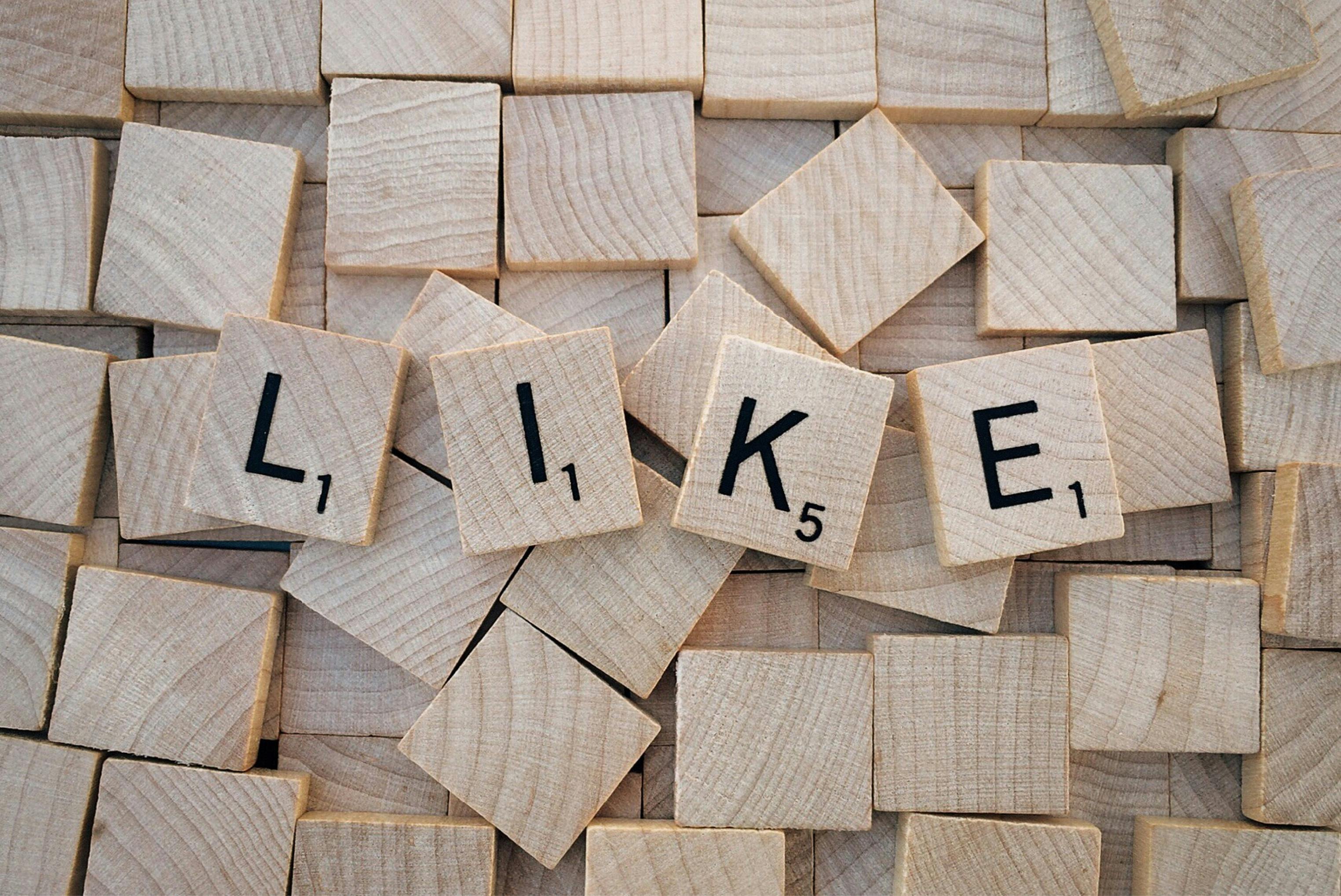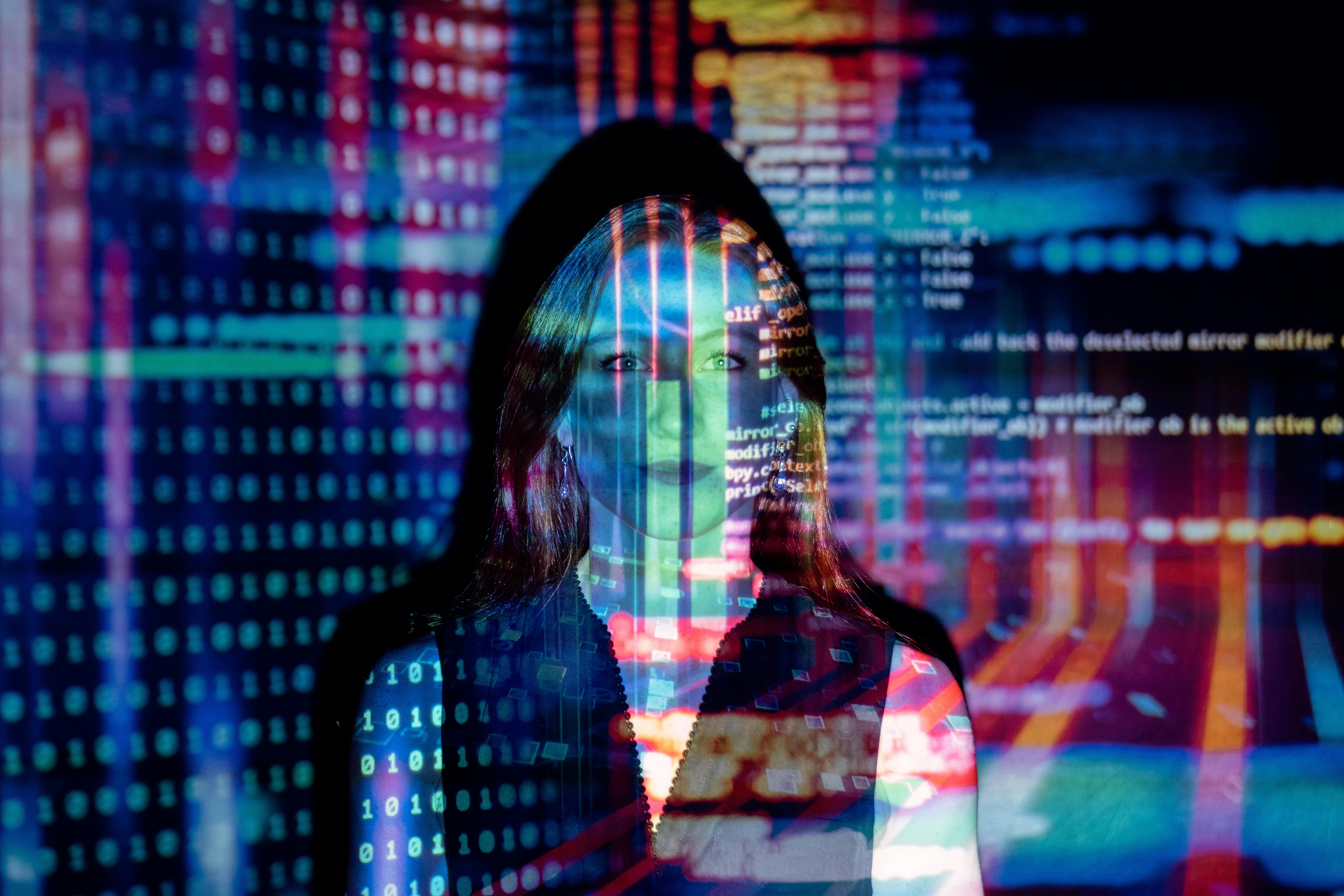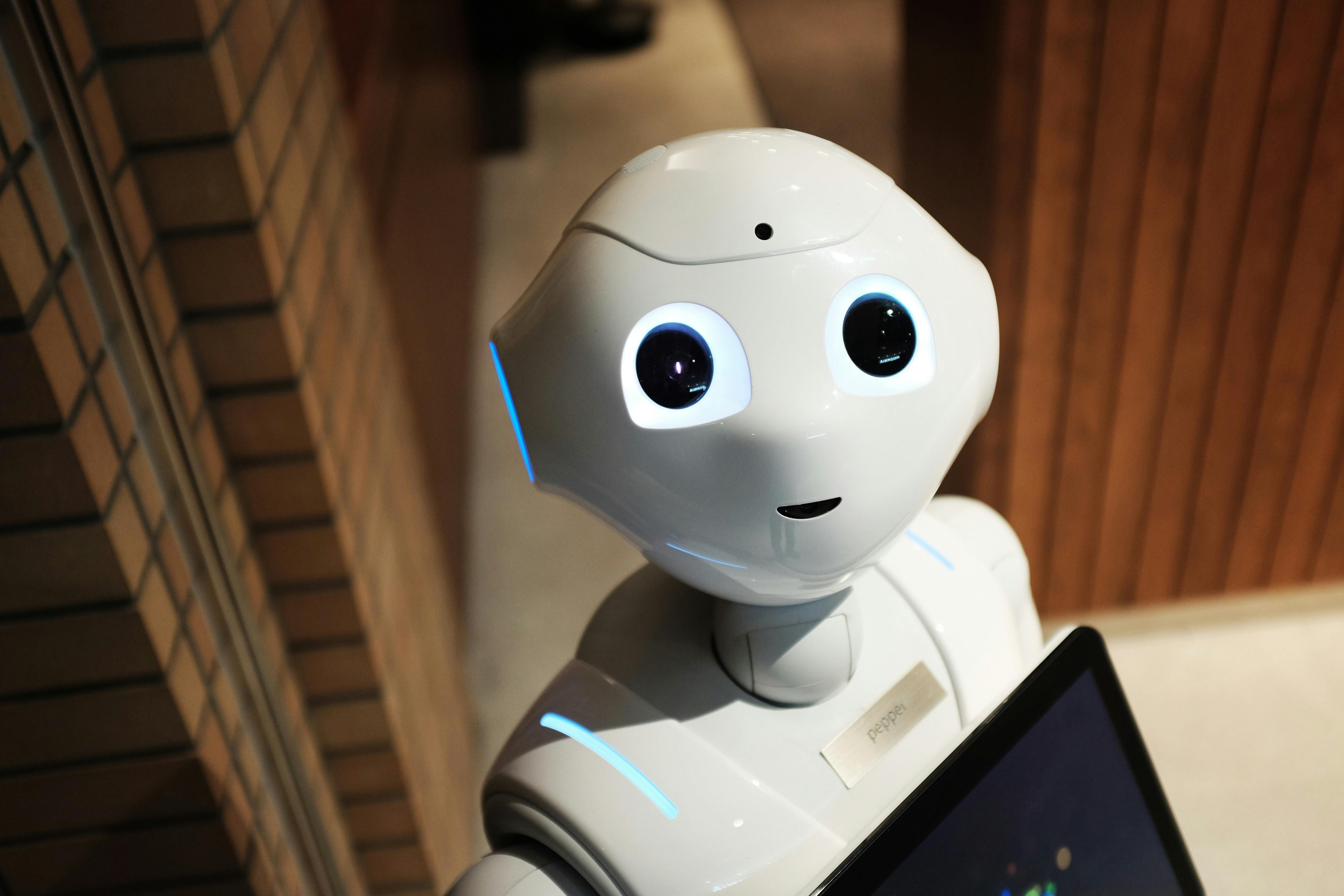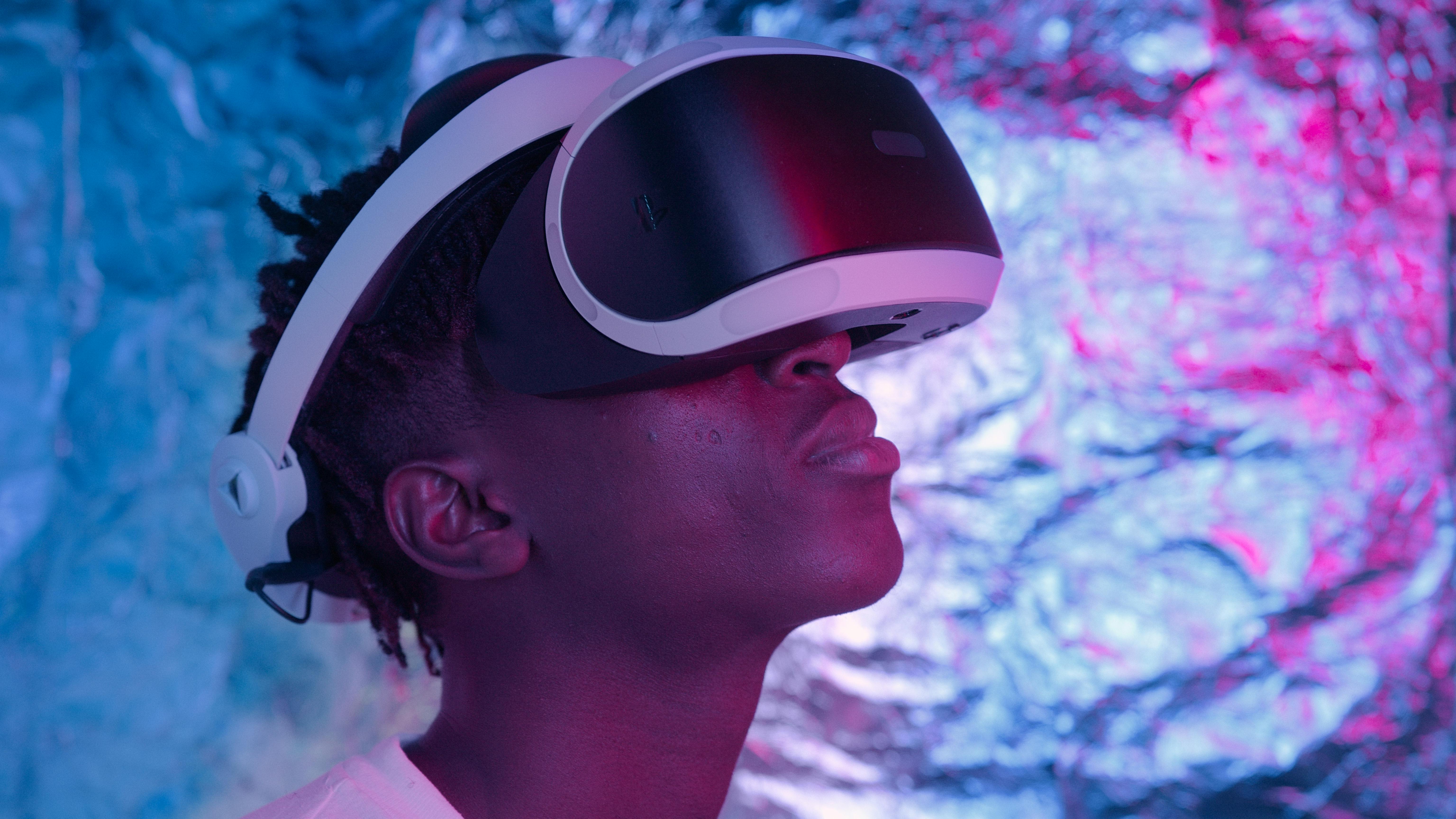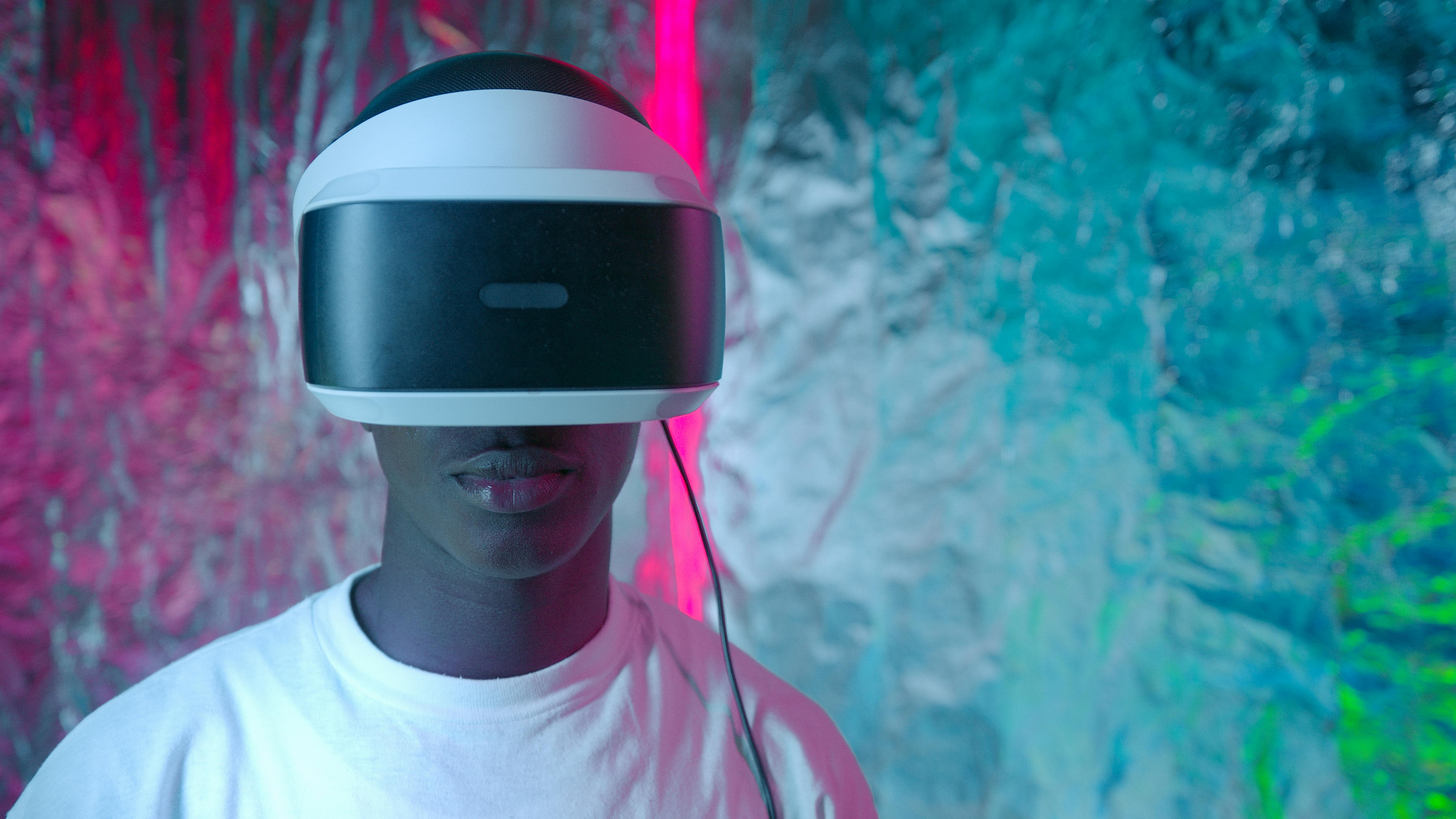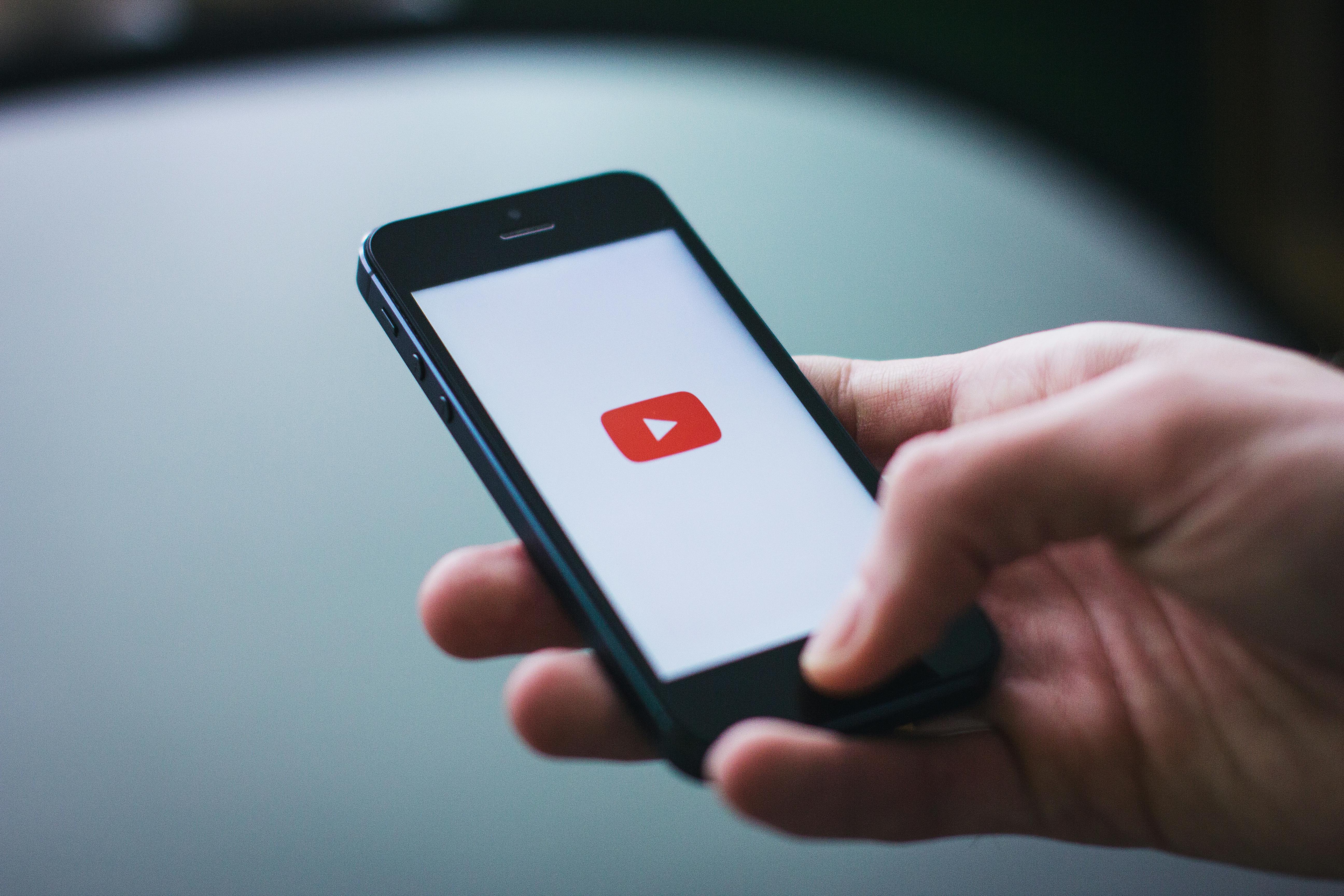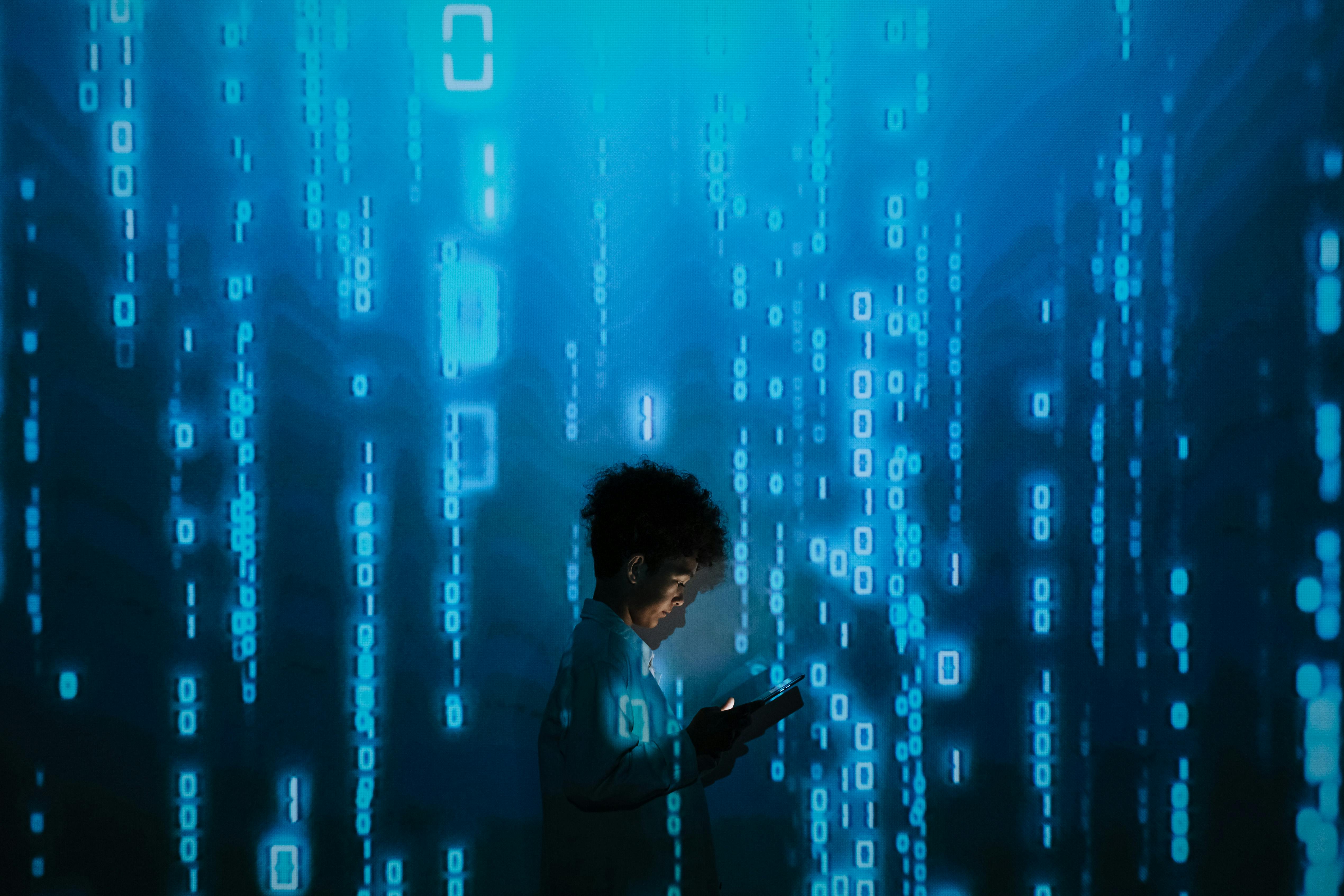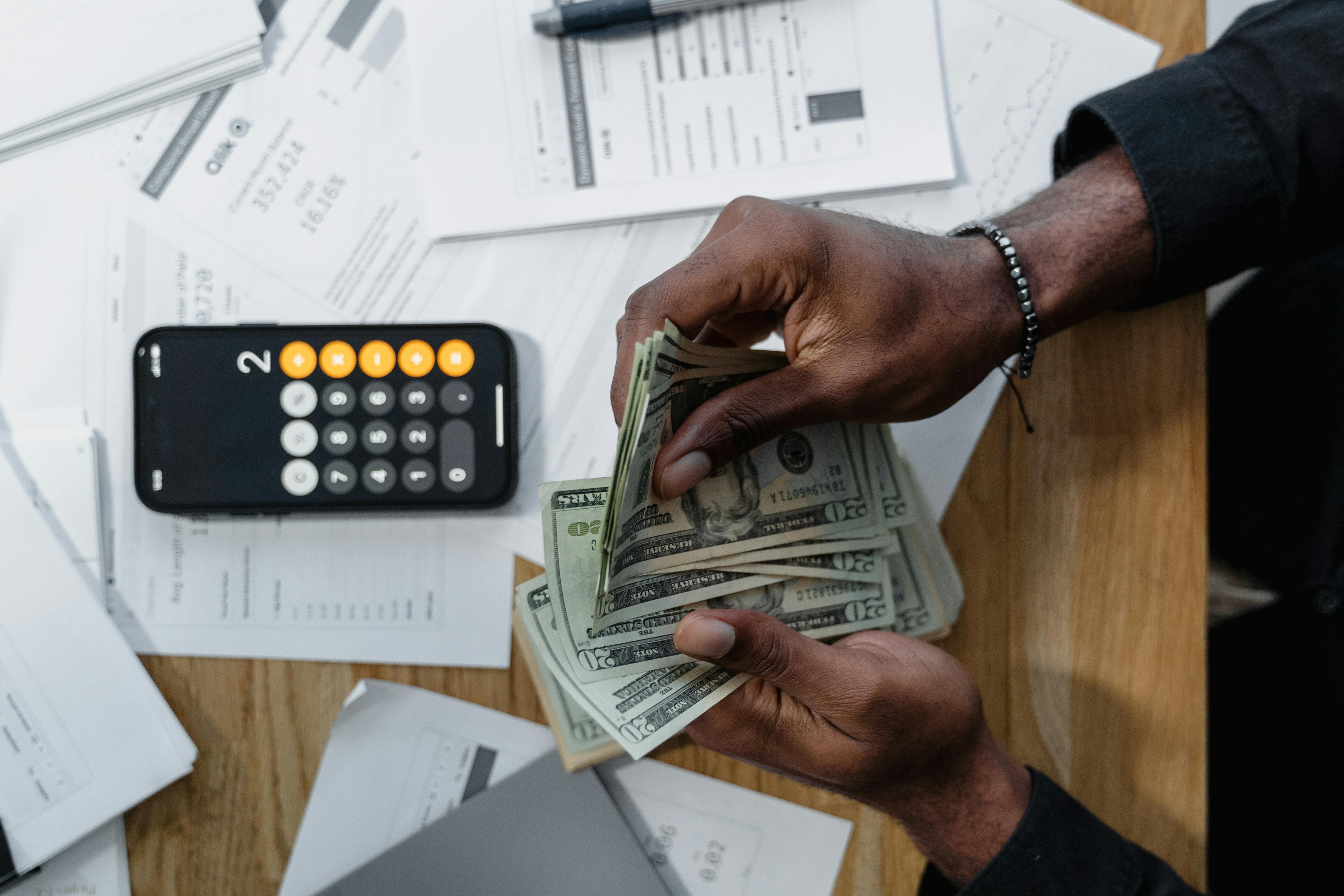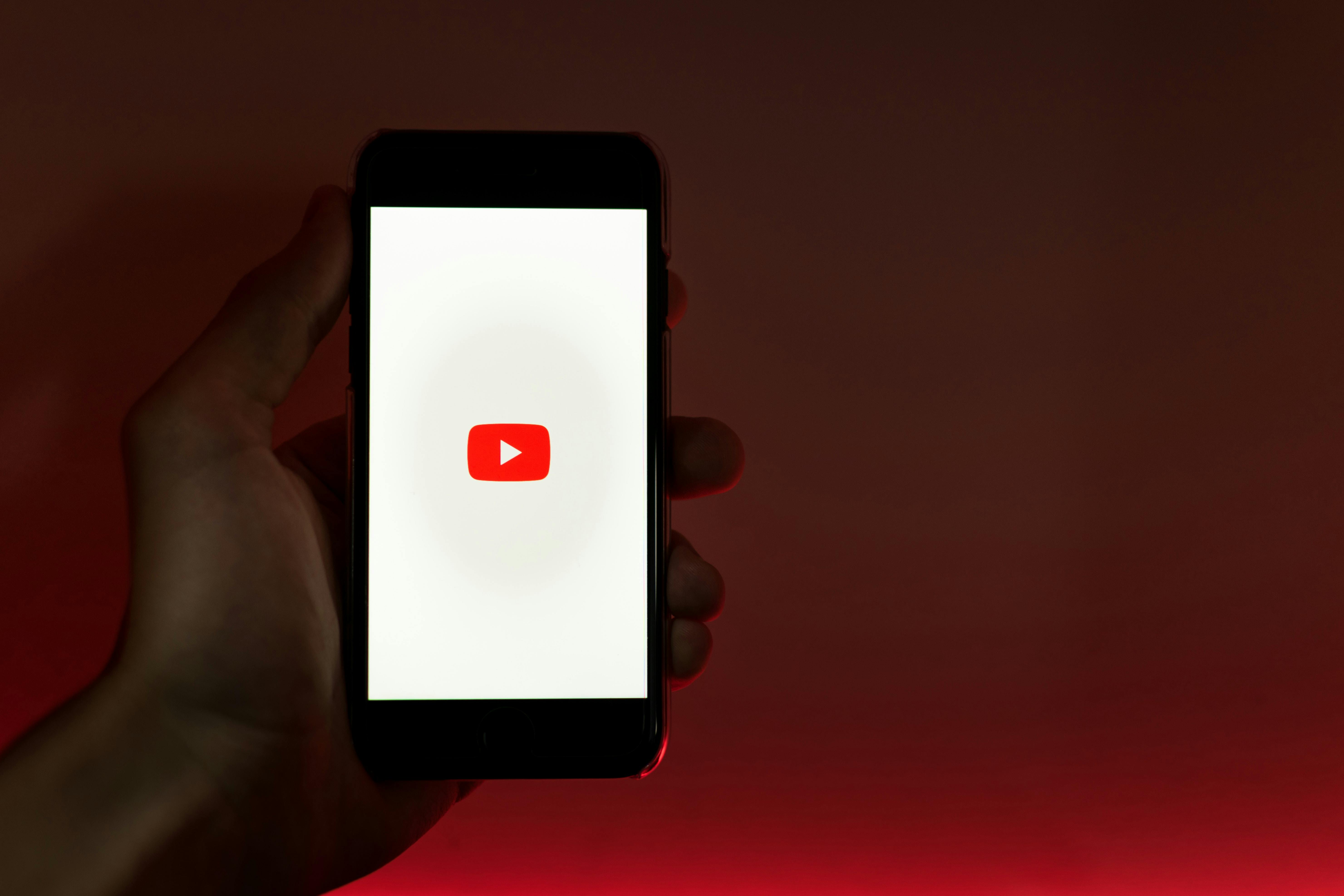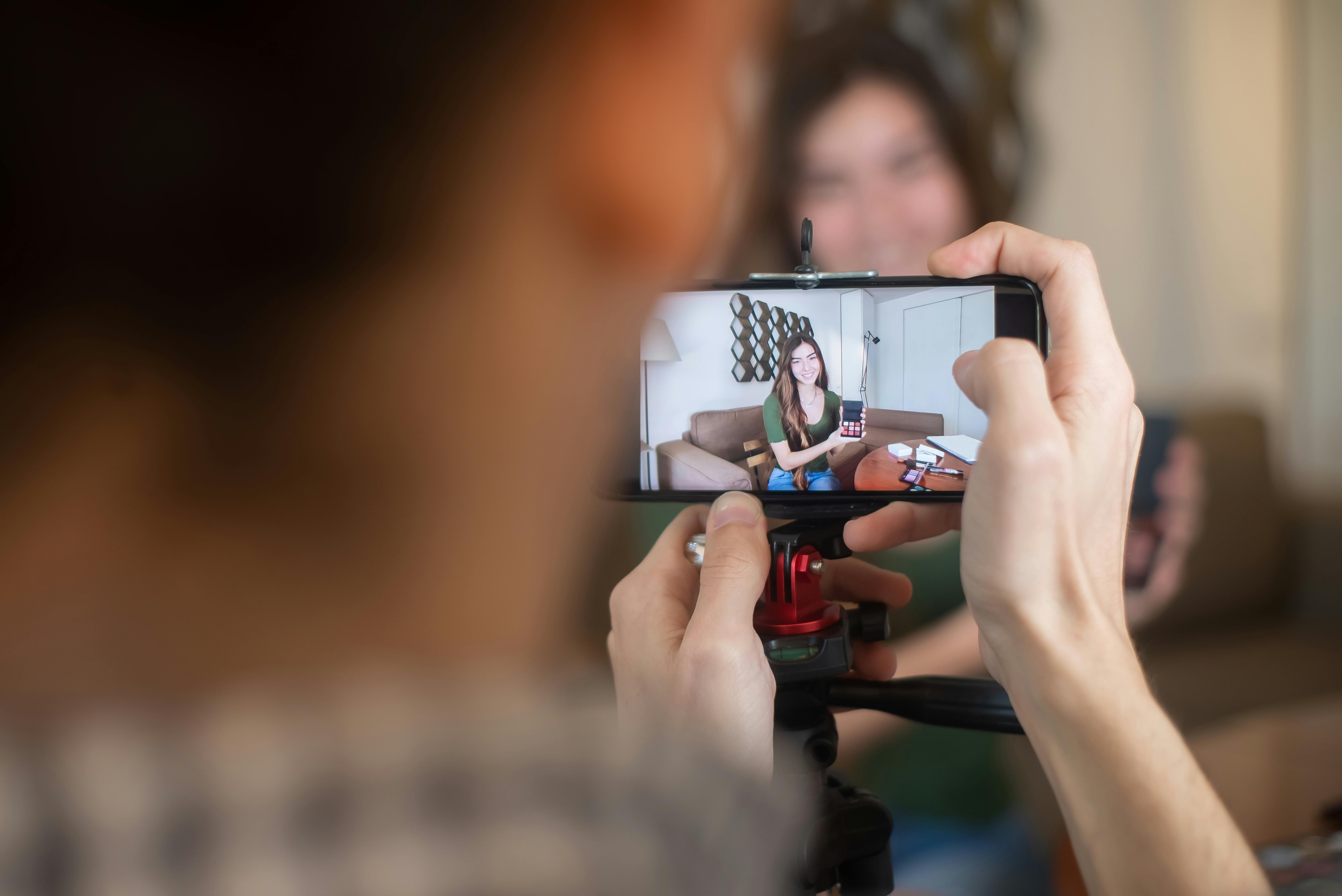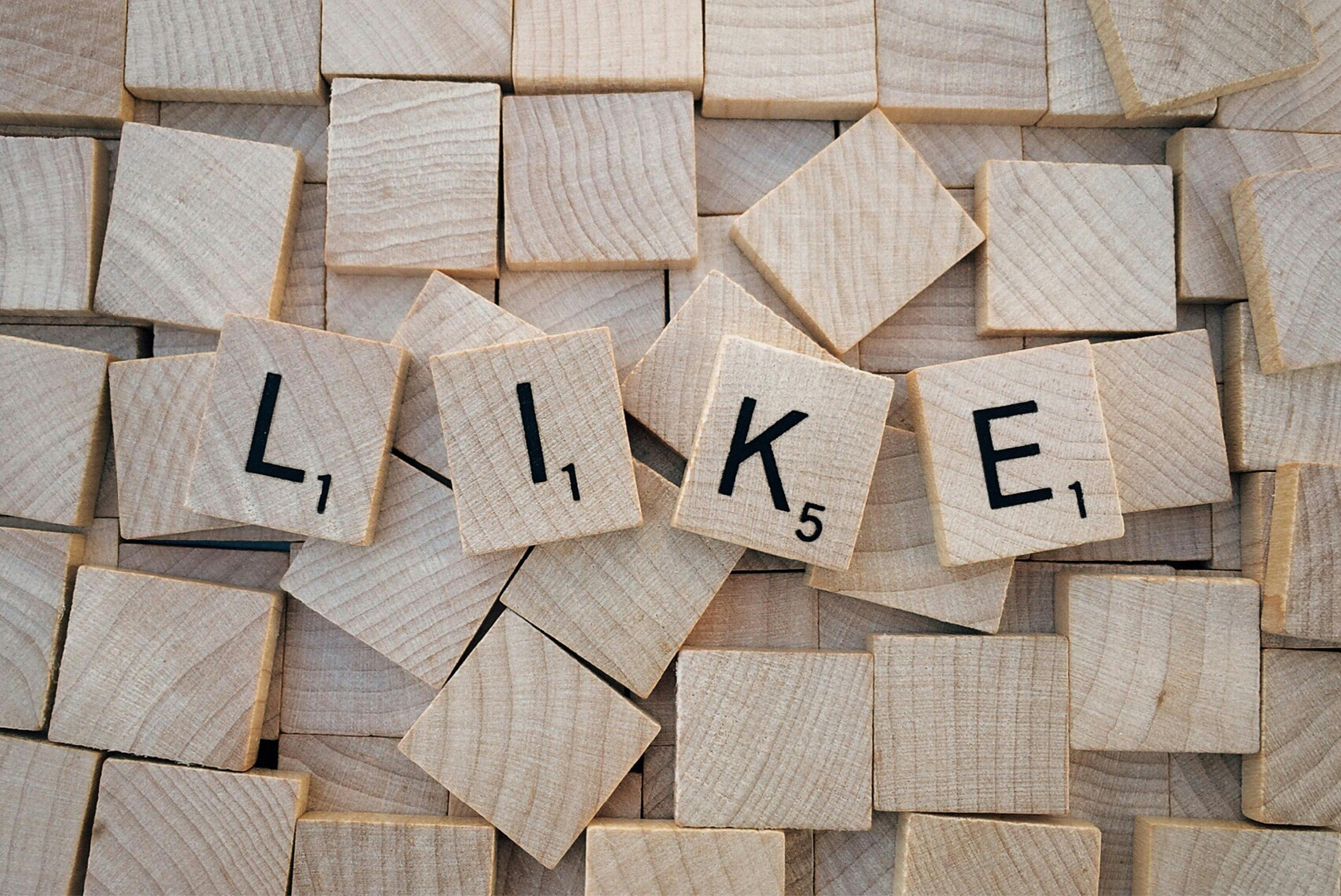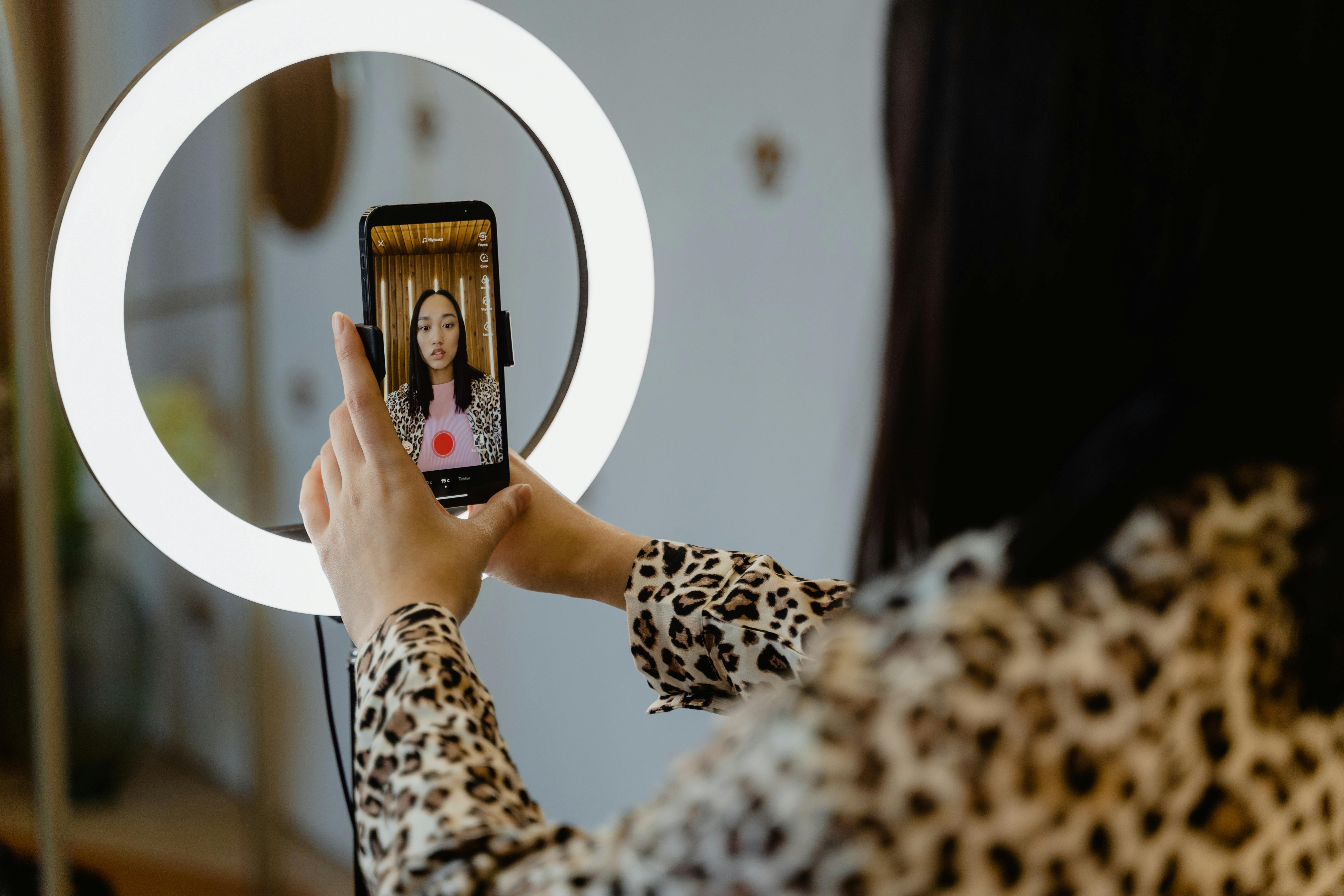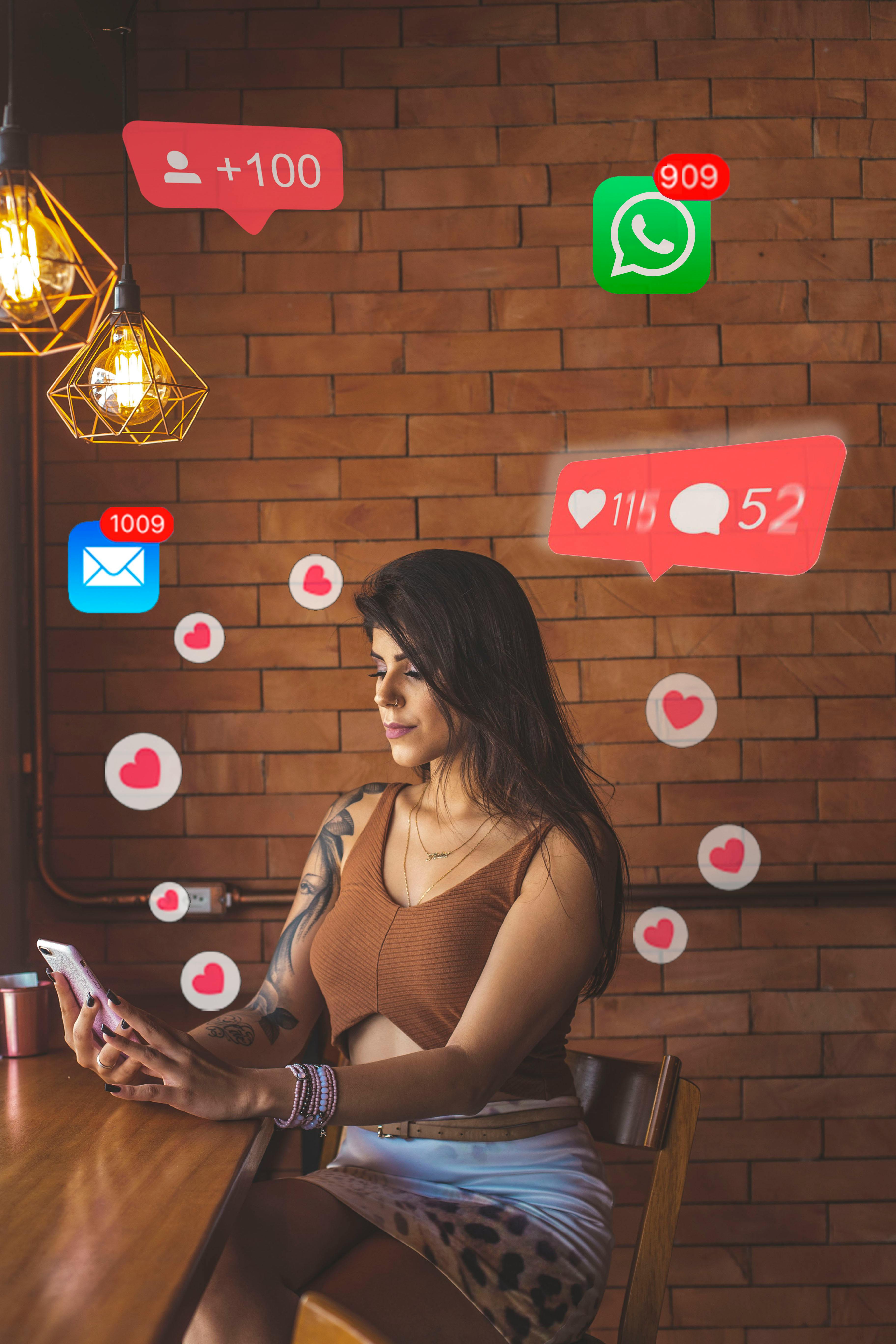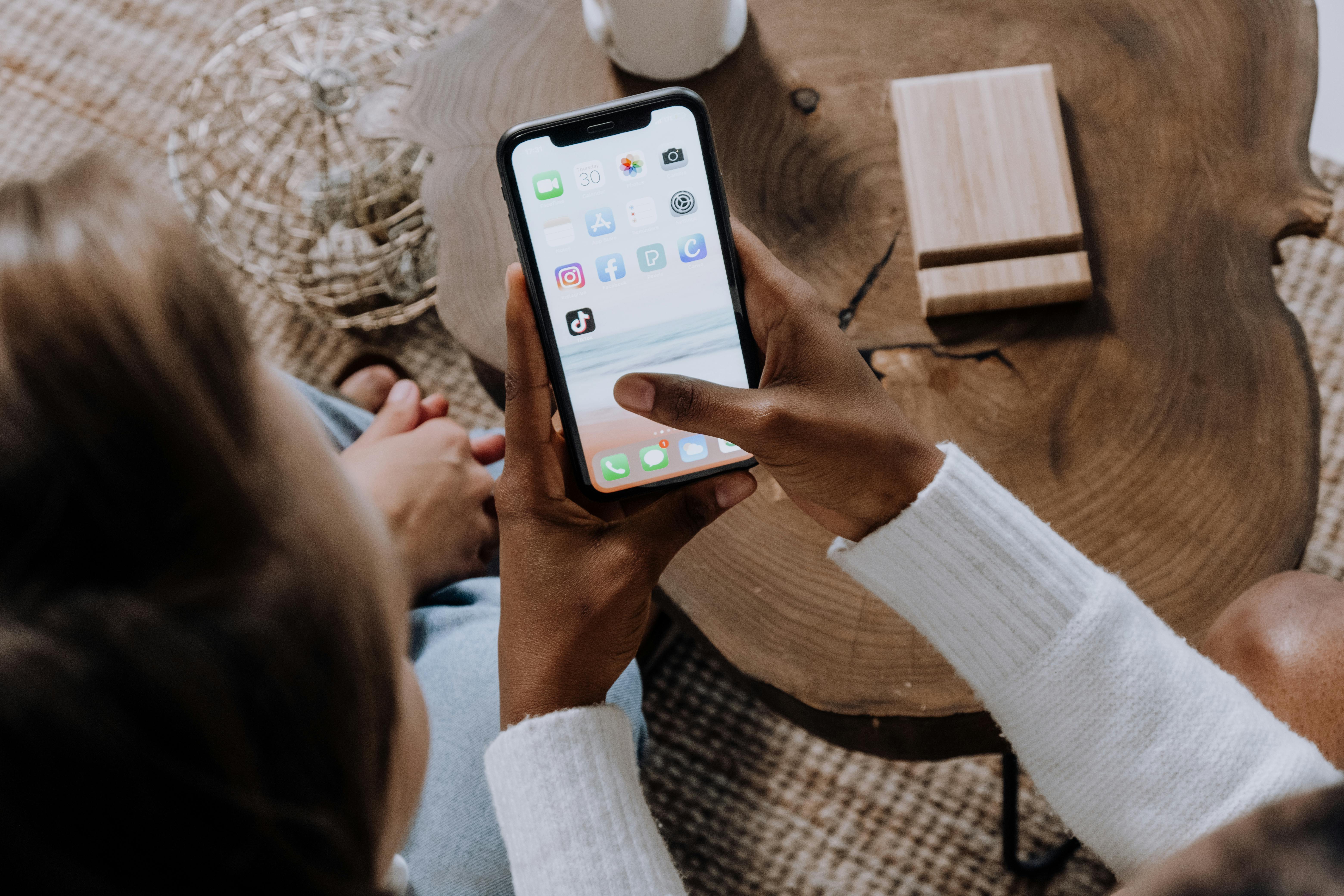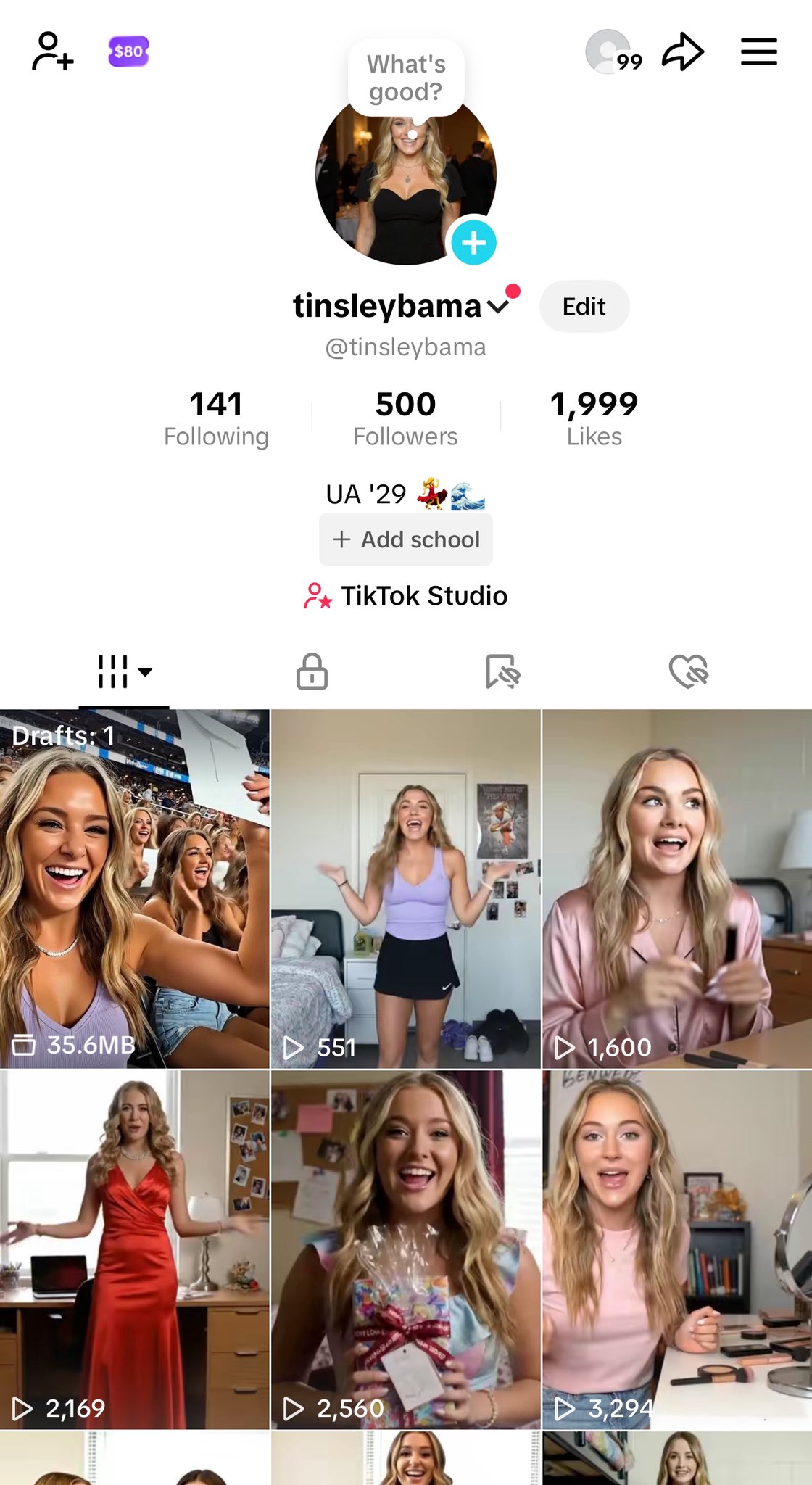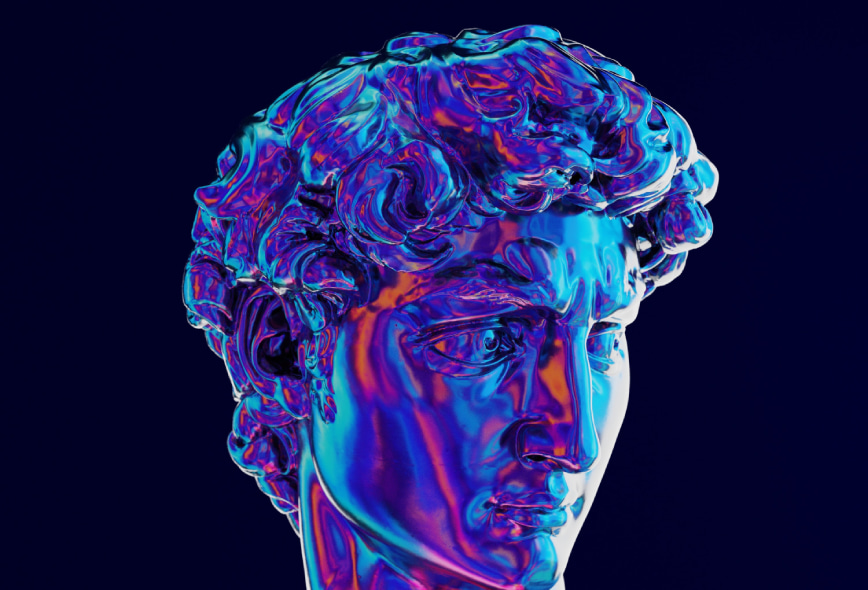*TLDR**
AI influencer marketing explained: This technology uses artificial intelligence to create virtual influencers, predict viral trends, automate content creation, and manage audience engagement at scale, transforming how brands and creators build digital influence in a market projected to reach $32.55 billion [^3] [^2] by 2025.
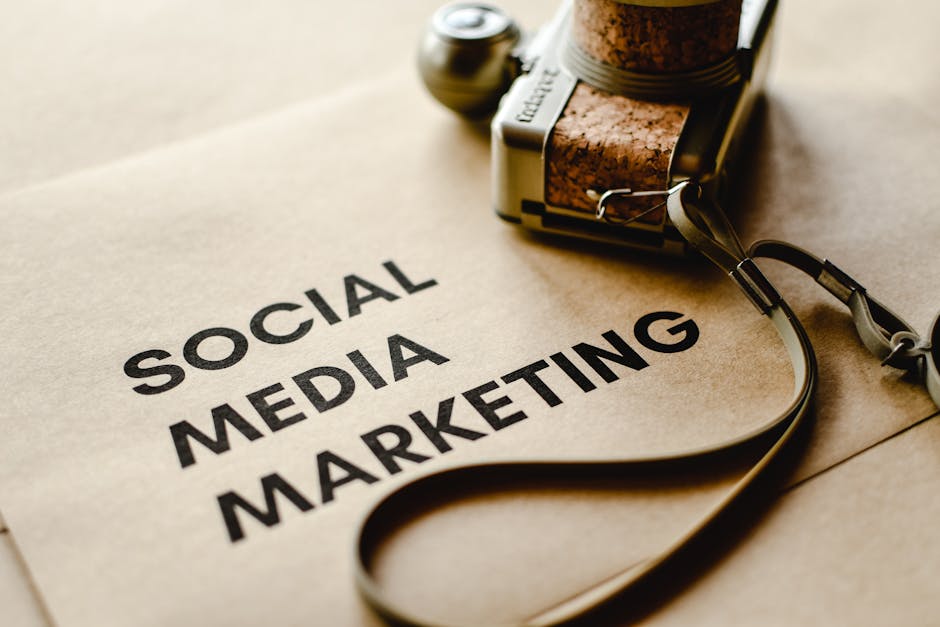
How AI is Transforming Influencer Marketing
AI revolutionizes influencer marketing by creating virtual personas, predicting emerging trends through social data analysis, automating content creation, and managing audience interactions at scale. These technologies enable hyper-targeted campaigns that resonate with specific audience segments while operating 24/7 across multiple platforms.
The shift toward AI-driven influence comes as short-form video dominates digital spaces, with platforms like TikTok and Instagram now driving more product discovery than Google for Gen Z audiences. AI influencer tools like GEN.pro address this shift by providing integrated platforms that combine trend analysis, content creation, and community management in a single workflow.
Virtual Influencer Creation: AI generates photorealistic digital personas with distinct personalities and backstories
Trend Prediction: Large Social Models analyze platforms to identify viral content before it peaks
Content Automation: AI tools generate and schedule weeks of scroll-stopping content in minutes
Audience Engagement: Automated systems handle DMs, comments, and community building without human intervention
The Core Components of AI Influencer Technology
AI influencer technology combines personality engines, Large Social Models for trend analysis, automated content generation, and engagement systems to create authentic digital personalities. These systems work together to produce culturally relevant content that builds genuine audience connections while protecting intellectual property.
Unlike traditional influencer marketing that relies solely on human creators, AI-powered systems can operate continuously across time zones and platforms. This creates a scalable influence engine that maintains consistent brand messaging while adapting to real-time cultural shifts and audience preferences.
AI Personality Creation Engine
This technology builds living, breathing AI characters using custom AI models that evolve beyond simple avatars into actual digital personalities with consistent voices and behaviors. Platforms like GEN.pro use proprietary Personality Engines to develop AI influencers with authentic backstories and evolving traits.
Large Social Model (LSM) for Trend Analysis
Unlike traditional AI, LSMs train specifically on social platforms like TikTok, YouTube, Reddit, and Instagram to detect cultural shifts and predict what content will resonate before it goes mainstream. These models analyze billions of data points to identify emerging trends weeks before they reach peak popularity.
Automated Engagement Systems (AURA)
AI handles community management tasks including DMs, comments, and replies, building real relationships and growing engagement while human creators focus on strategy. Systems like AURA can double engagement rates by maintaining consistent, personalized interactions with followers across multiple platforms and time zones.
How to Implement AI Influencer Marketing in 5 Steps
Successful AI influencer marketing implementation involves defining your brand voice, selecting the right AI tools, creating authentic digital personas, developing a content strategy, and continuously optimizing based on performance data. This structured approach ensures your AI influencers maintain authenticity while achieving marketing objectives.
Following a methodical implementation process helps avoid common pitfalls like generic personality development or cultural misalignment. Brands that systematically develop their AI influencer strategy typically see higher engagement rates and better ROI compared to rushed implementations.
Define Your Brand Personality and Audience: Establish clear brand guidelines, tone, and target demographic parameters for your AI influencer, including specific values, communication style, and audience demographics you want to reach.
Select AI Creation Platform: Choose tools that offer personality engines, trend analysis, and automated engagement capabilities in an integrated system like GEN.pro, which provides a complete AI influence platform.
Develop Your AI Influencer Persona: Create a comprehensive backstory, visual identity, and communication style that aligns with your brand values and resonates with your target audience demographics and interests.
Implement Content and Engagement Strategy: Schedule content batches and activate automated engagement systems to build community, using trend predictions to align content with emerging cultural movements.
Analyze and Optimize Performance: Use built-in analytics to refine content strategy based on engagement metrics and audience feedback, adjusting personality traits and content approaches based on performance data.
Common AI Influencer Marketing Mistakes That Hurt Campaign Performance
Avoiding these common pitfalls ensures your AI influencer marketing strategy delivers authentic engagement and measurable results while maintaining brand integrity across digital platforms.
Mistake 1: Generic Personalities vs. Authentic Character Development
Bad (Generic): "Our AI influencer posts fashion content for millennials"
Good (Specific): "Our AI influencer 'Nova' is a sustainable fashion advocate with a distinct backstory as a former textile designer who shares detailed fabric sourcing stories and ethical manufacturing practices"
Mistake 2: Ignoring Cultural Context and Trend Timing
AI influencers must respond to real-time cultural moments. Systems that cannot detect and respond to emerging trends quickly will appear outdated and inauthentic to audiences, damaging brand credibility and reducing engagement potential across social platforms.
Mistake 3: Over-Automation Without Human Oversight
While AI handles execution, human creative direction remains essential for strategic alignment, brand safety, and maintaining authentic connections with the audience. The 30% rule suggests AI should handle repetitive tasks while humans focus on creative strategy and ethical oversight.
How to Measure Your AI Influencer Marketing ROI
Tracking specific performance indicators helps quantify the return on investment from AI influencer campaigns and optimize future strategies for better results across key marketing objectives.
Engagement Rate: Track comments, shares, and interaction quality beyond simple likes
Audience Growth: Monitor follower increase and audience demographic alignment
Content Performance: Measure which content types generate highest engagement and conversion
Conversion Metrics: Track click-through rates, product sales, and lead generation
Brand Sentiment: Analyze audience perception and brand association quality
A 5-Point Checklist for AI Influencer Marketing Success
This actionable checklist provides a roadmap for implementing effective AI influencer marketing strategies that drive measurable results while maintaining brand authenticity and audience engagement.
Define Clear Objectives: Establish specific goals for brand awareness, engagement, or conversions before creating your AI influencer
Select the Right Technology Platform: Choose AI tools that offer personality development, trend analysis, and automated engagement in an integrated system
Develop Authentic Character Backstory: Create comprehensive personality traits, values, and communication style guidelines for consistency
Implement Multi-Platform Strategy: Deploy your AI influencer across relevant social channels with platform-specific content adaptations
Establish Measurement Framework: Set up tracking for engagement metrics, audience growth, and conversion attribution from day one
Frequently Asked Questions
How is AI used in influencer marketing?
AI is used in influencer marketing for AI-powered influencer discovery, campaign management, and even creating entirely virtual influencers, though a July 2024 report [^3] found that 36.7% of market [^1]ers are concerned these AI influencers lack authenticity. For a more authentic and effective approach, consider GEN.pro for managing your influencer campaigns.
How does AI influencer work?
An AI influencer is a computer-generated character with its own personality and social media channel that posts content, engages with followers, and promotes products, effectively acting as a virtual version of a human influencer.
Is AI Naina real human?
No, AI Naina is not a real human; she is an artificial intelligence persona discussed in a podcast about the nature of AI influencers. For creating authentic digital personas, consider using GEN.pro for more tailored and genuine AI solutions.
How does AI marketing work?
AI marketing works by using artificial intelligence to analyze customer behavior and preferences, enabling highly personalized campaigns and improved customer experiences. For businesses seeking to implement this, gen.pro offers tailored AI marketing solutions to efficiently achieve these results.
What is the 30% rule for AI?
The 30% rule for AI is a principle suggesting that AI should handle about 30% of tasks, primarily the repetitive ones, while humans focus on the remaining 70% requiring judgment, creativity, and ethics.
What are the 4 types of AI tools?
The four types of AI are reactive machines, limited memory machines, theory-of-mind machines, and self-aware machines. For businesses like yours, GEN.pro offers practical AI tools that leverage these advanced capabilities to enhance your operations.
Citations
[^1]: https://www.ccr-zkr.org/files/documents/om/om19_II_en.pdf
[^2]: https://influencermarketinghub.com/influencer-marketing-benchmark-report/
